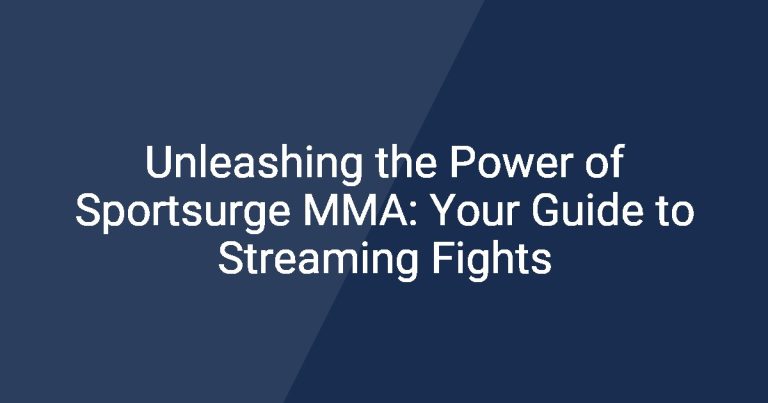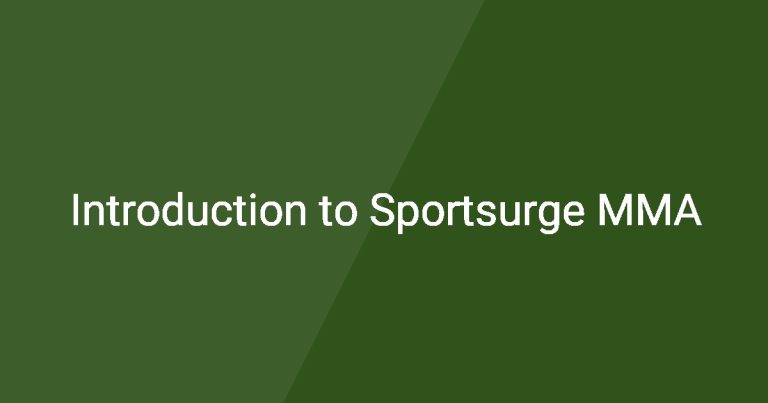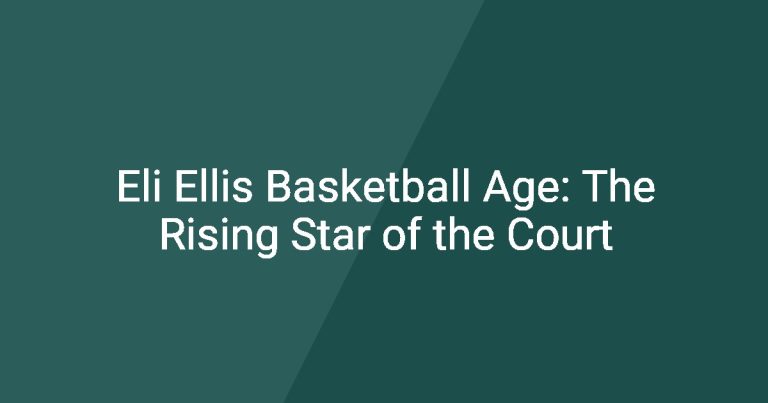In the world of tactical shooting, Low Power Variable Optics (LPVOs) have emerged as a powerful tool for both enthusiasts and professionals alike. These versatile optics combine the benefits of traditional telescopic sights with the rapid target acquisition capabilities of red dot sights, making them essential for anyone serious about improving their shooting skills. This article will delve into the specifics of LPVOs, their advantages for tactical applications, and practical tips for selecting and utilizing them effectively.
Understanding LPVOs
What is an LPVO?
A Low Power Variable Optic (LPVO) is characterized by its ability to provide variable magnification, typically ranging from 1x to 6x or even 1x to 8x. This flexibility allows shooters to quickly adapt to different shooting distances and environments. LPVOs often come with a variety of reticle options, including etched and illuminated designs, ensuring visibility in diverse conditions.
History and Evolution
The development of LPVOs has been driven by the needs of modern tactical shooters. Traditional scopes fell short in terms of flexibility, while red dot sights lacked the precision needed for longer ranges. The evolution of LPVO technology has led to key innovations, such as enhanced lens coatings for better light transmission and rugged designs built to withstand tough conditions. Understanding this evolution helps shooters appreciate the quality and functionality available in today’s LPVOs.
Advantages of LPVOs in Tactical Shooting
Versatility
One of the primary advantages of an LPVO for tactical shooting is its adaptability in various situations. At low magnification, LPVOs facilitate rapid target acquisition, an essential feature in high-stress environments. When the need arises to engage targets at longer distances, increasing the magnification offers improved accuracy without sacrificing speed.
Target Engagement
LPVOs enhance a shooter’s accuracy and precision compared to traditional iron sights. This is especially beneficial in situations requiring rapid decision-making and adaptability, such as urban settings or varied terrains. The ability to quickly switch magnification levels allows shooters to engage targets effectively regardless of their distances.
Compact Design
The design of LPVOs is typically both compact and lightweight, contributing to better weapon handling and maneuverability. The reduced weight aids in improving overall shooting performance and reduces fatigue during extended use. For tactical shooters, this compactness plays a significant role in operational effectiveness.
Key Features of LPVOs
Magnification Range
LPVOs usually come in various magnification ranges tailored for different uses. A common configuration is 1-6x or 1-8x. Selecting the right magnification range depends on the anticipated engagement distance and environment. For instance, a 1-8x LPVO is ideal for mixed environments where engagements might occur at both close quarters and beyond 200 yards.
Reticle Types
LPVOs are available with several reticle options, such as BDC (Bullet Drop Compensator), MIL-dot, or even specialized reticles designed for specific calibers. Additionally, some optics feature built-in range-finding capabilities, allowing shooters to estimate distances and engage targets more decisively.
Durability and Reliability
Tactical shooting can expose optics to harsh conditions, making rugged construction a must. Most quality LPVOs are designed to be waterproof, shockproof, and fog-proof, ensuring reliable performance in diverse environments. This durability is a crucial factor for anyone looking to invest in tactical optics.
Adjustment Features
Turrets for LPVOs can vary, with common adjustments measured in MOA (Minute of Angle) or MIL (Milliradian). Understanding the zeroing and tracking capabilities of an LPVO is essential for effective use, allowing shooters to make quick adjustments based on their shooting conditions.
Choosing the Right LPVO for Tactical Shooting
Budget Considerations
When considering an LPVO for tactical shooting, it’s important to evaluate your budget. Entry-level LPVOs can start at a relatively affordable price point, while high-end models come equipped with advanced features and better optical clarity. A cost vs. performance analysis is vital to ensure you are selecting a scope that meets your needs without overspending.
Product Reviews and Recommendations
Several brands stand out in the LPVO market, including Vortex, Leupold, Trijicon, and Primary Arms. Each offers unique features tailored for tactical shooting. For instance, the Vortex Strike Eagle is a popular choice for its affordability and versatility, while the Trijicon VCOG is known for its ruggedness and superior optics.
User Preferences and Needs
Selecting the right LPVO should be based on individual shooting styles and needs. For competition shooters, features such as fast magnification adjustments and user-friendly reticles may be more pertinent, while law enforcement may focus on durability and battery life for illuminated reticles. Personal comfort and compatibility with firearms are also essential aspects to consider.
Tips for Using LPVOs Effectively in Tactical Situations
Proper Mounting and Zeroing
The foundation of LPVO effectiveness lies in how well it is mounted and zeroed on the firearm. Ensure proper alignment and secure mounting to minimize vibrations that may affect accuracy. Following a systematic approach to zeroing will enhance your shooting performance significantly. This includes starting at close ranges (25 yards) and gradually moving out to longer distances.
Training for Tactical Scenarios
Training effectively with LPVOs in various conditions is critical. Engaging in drills that mimic real-life scenarios can enhance proficiency. Regularly practicing target acquisition and shooting on the move will make the transition from theory to practice seamless. Consider incorporating low-light conditions to become proficient with illuminated reticles.
Maintenance and Care
Proper care of LPVOs is vital for longevity. Regular cleaning and inspection practices will keep your optics in top condition. Be attentive to common issues such as reticle visibility and adjustment tracking. Regular maintenance not only ensures operational reliability but also extends the optic’s lifespan.
Conclusion
LPVOs are redefining the approach to tactical shooting with their unique blend of versatility and performance. Their varying magnification options, combined with fast target acquisition, make them invaluable tools for anyone seeking to enhance their shooting capabilities. By exploring and investing in quality LPVOs, shooters can elevate their proficiency in diverse shooting environments.
Additional Resources
In addition to this article, numerous resources are available to deepen your understanding of LPVOs and tactical shooting. Books and articles on optics technology and tactical training can offer further insights, while vibrant online communities provide platforms to share tips and experiences. Seeking instructional videos that demonstrate the practical use of LPVOs can also enhance your knowledge base.
FAQ Section
1. What is the difference between an LPVO and a red dot sight?
An LPVO provides variable magnification, allowing for both close-range and long-distance shooting, while a red dot sight typically offers unlimited eye relief and fast target acquisition at one magnification.
2. Can an LPVO be used effectively for hunting?
Yes, LPVOs are effective for hunting as they provide the flexibility to engage targets at various distances, making them suitable for different hunting environments.
3. Is it necessary to have a certain level of training to effectively use an LPVO?
While previous shooting experience helps, it is essential to practice regularly and understand the LPVO’s features for effective use in tactical situations.
4. How can I determine the best magnification for my needs?
Consider your typical shooting distance and environment. For mixed conditions, a 1-6x or 1-8x LPVO is ideal, while a longer fixed magnification may be preferred for long-range shooting.
5. Do LPVOs require batteries?
Only illuminated LPVOs require batteries for the reticle feature; otherwise, non-illuminated options function without power.
6. What care does an LPVO need to ensure longevity?
Regular cleaning, inspection for damage, and ensuring proper mounting can help maintain an LPVO’s performance over time.
7. Are LPVOs heavier than fixed power scopes?
Generally, LPVOs may be slightly heavier due to their variable magnification design, but their compact build often balances this out.
8. Can I use an LPVO for competitive shooting?
Absolutely! Many competitive shooters utilize LPVOs for their versatility and quick adjustments in various scenarios.
9. How do I choose the right reticle type for my LPVO?
Consider your shooting style, distances, and environmental conditions. If you often shoot in varying lighting conditions, an illuminated reticle may suit you better.
10. What is the average cost range for good quality LPVOs?
LPVOs can range from around $200 for entry-level models to over $2000 for high-end brands with advanced features. Assessing performance against budget will help make an informed choice.
| Brand | Model | Magnification Range | Key Feature | Price Range |
|---|---|---|---|---|
| Vortex | Strike Eagle | 1-6x | Illuminated reticle | $300-$400 |
| Leupold | VX-R Patrol | 1.5-4x | Lightweight design | $450-$600 |
| Trijicon | VCOG | 1-6x | Exceptional build quality | $1600-$2000 |
| Primary Arms | SLX | 1-8x | Budget-friendly | $300-$350 |
This comprehensive guide provides a detailed examination of LPVOs and their application in tactical shooting. With the right understanding, training, and equipment, you can significantly enhance your shooting proficiency and adaptability on the range or in real-life scenarios.







